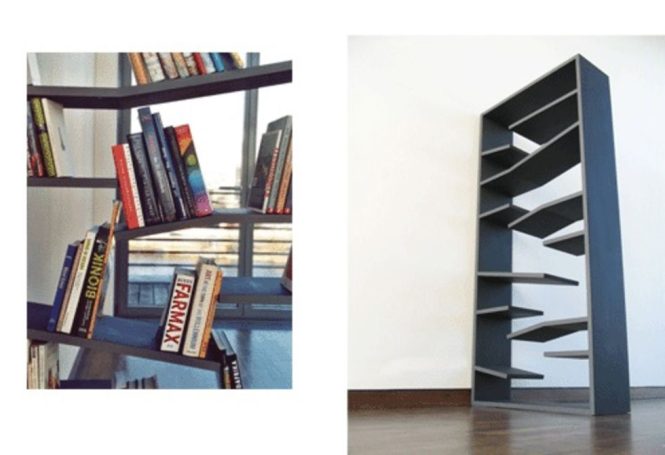

Repairing broken shelves is a common home improvement task. Whether it’s a wobbly shelf in your kitchen, a damaged display shelf in your living room, or a broken bookshelf in the study, learning how to fix broken shelves can save you money and frustration. This guide will walk you through the process of repairing broken shelves, from identifying the damage to implementing durable solutions. We’ll cover a range of repair methods, from simple fixes to more complex solutions, so you can tackle any broken shelf situation. Understanding the different types of shelf failures and common causes will be crucial for effective repairs. We’ll also explore essential tools, materials, and techniques. This article will provide an in-depth look into the entire process, enabling you to make informed decisions and carry out the repair safely and effectively.
Identifying the Damage
Types of Shelf Damage
Broken shelves can manifest in a variety of ways. Some common types of damage include cracks, loose screws, splintered wood, and completely detached shelves. Understanding the specific damage is critical for choosing the appropriate repair method. Different types of shelves, such as wooden, metal, or glass, will require different approaches. Thoroughly assess the damage to your shelf and identify the root cause of the problem. If you’re unsure about the damage type, taking photos can help you better understand the damage.
Preparing for the Repair
Gathering Essential Tools
Before starting any repair, ensure you have the right tools and materials readily available. You’ll likely need a screwdriver set, pliers, a hammer, safety glasses, measuring tape, and a pencil or marker. The specific tools required will depend on the complexity of the damage and the type of shelf. A basic repair kit can be helpful for quick fixes, while more significant repairs might need specialized tools. Additionally, gather any necessary materials, such as wood glue, screws, brackets, or reinforcement pieces, depending on the chosen repair method.
Repairing Common Types of Damage
Repairing Cracks
Cracks in shelves can be caused by stress, impact, or even changes in humidity. For small cracks, wood glue and reinforcement strips can be effective. For larger cracks, consider using epoxy or wood filler to fill the gap. Ensure the repair material is compatible with the shelf material to avoid potential incompatibility issues. Apply the filler carefully and allow it to dry completely before proceeding. Alternatively, consider replacing the damaged section altogether if the damage is extensive.
Repairing Loose Screws and Separated Shelves
Assessing the Attachment Points
Inspect the screws to see if they are stripped, damaged, or loose. If they are loose, tightening them might be sufficient to stabilize the shelf. If the screws are stripped or damaged, replacing them with new ones is necessary. It’s important to use the appropriate screws, ensuring they are compatible with the shelf and the wall or supporting structure. If the shelf is completely detached, use appropriate brackets or supports to reinforce the attachment points.
Reinforcing the Shelf Structure
Strengthening Weak Points
If the shelf is structurally compromised, reinforcement is necessary. Using shelf brackets or supports can add extra stability and prevent future damage. The choice of reinforcement will depend on the type of shelf and the extent of the damage. For example, shelf brackets are ideal for adding support at specific points, while additional wooden supports can distribute weight and prevent warping. Reinforcing shelves can significantly improve their lifespan and usability.
In conclusion, repairing broken shelves is a task that can be tackled with the right knowledge and tools. Following these steps can save you time and money while ensuring a safe and sturdy solution. Remember, safety should always be your priority. If the damage is extensive or you lack the necessary skills, consider contacting a professional handyman or carpenter. For more tips and tricks on home improvement, check out our other articles on our website.